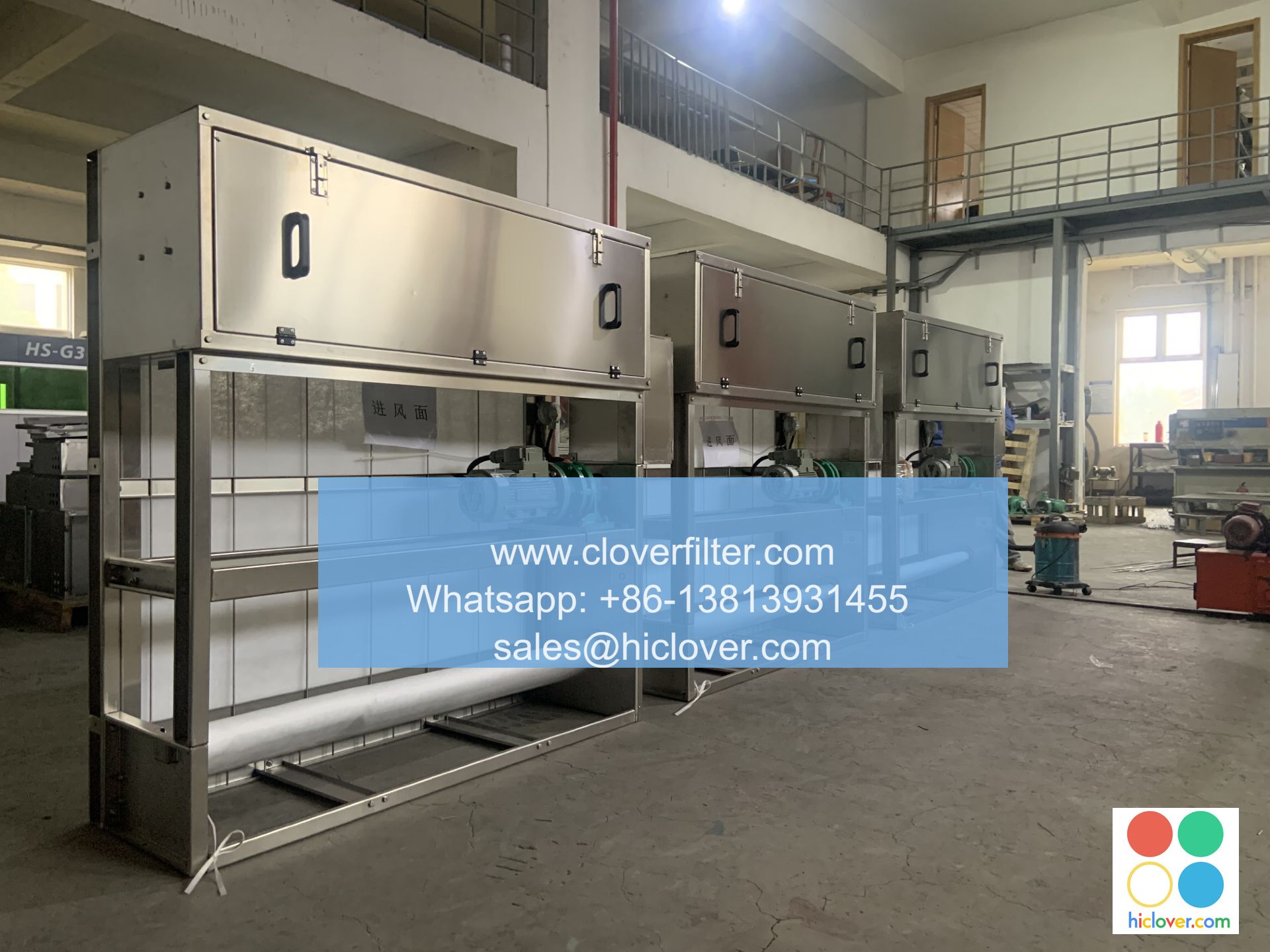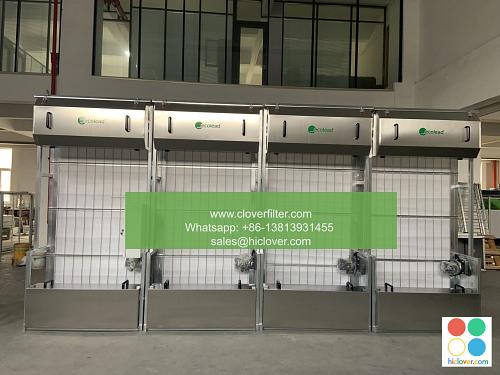* Technical comparisons between different air filter materials and their performance

The air filtration industry has evolved significantly over the years, with various materials being developed to cater to different application areas. In this article, we will delve into the technical comparisons of different air filter materials, their performance, and highlight their suitability for various applications.
Introduction to Air Filter Materials
Air filter materials play a crucial role in determining the efficiency and effectiveness of an air filtration system. The most common air filter materials include Fiberglass, Pleated Filters, Activated Carbon, HEPA (High Efficiency Particulate Air) Filters, and Electrostatic Filters. Each of these materials has its unique characteristics, advantages, and disadvantages.
Technical Comparisons of Air Filter Materials
| Material | Efficiency | ||
|---|---|---|---|
| Fiberglass | Low-Moderate | Low | Residential, Commercial |
| Pleated Filters | Moderate-High | Moderate | Residential, Commercial, Industrial |
| Activated Carbon | High | Moderate | Industrial, Commercial, Gas-Phase Filtration |
| HEPA Filters | Very High | High | Medical, Aerospace, High-Tech Manufacturing |
| Electrostatic Filters | High | Low-Moderate | Residential, Commercial, Industrial |
Fiberglass Air Filters
Fiberglass air filters are one of the most commonly used filter materials due to their low cost and ease of installation. However, they have a low-moderate efficiency (typically 10-30% ASHRAE) and are not suitable for applications where high air quality is required.
Pleated Air Filters
Pleated air filters have a higher efficiency (typically 30-90% ASHRAE) compared to fiberglass filters, making them a popular choice for residential and commercial applications. They are also relatively low-cost and easy to install.
Activated Carbon Air Filters
Activated carbon air filters are designed for gas-phase filtration applications, such as removing odors, chemicals, and VOCs (Volatile Organic Compounds). They have a high efficiency and are commonly used in industrial and commercial applications.
HEPA Air Filters
HEPA air filters are designed to capture 99.97% of particles as small as 0.3 microns, making them ideal for applications where ultra-high air quality is required, such as medical, aerospace, and high-tech manufacturing.
Electrostatic Air Filters
Electrostatic air filters use an electrostatic charge to attract and trap particles, making them a popular choice for residential and commercial applications. They have a high efficiency and are relatively low-maintenance.
Application Areas
Different air filter materials are suited for various application areas, including:
- Residential: Fiberglass, Pleated Filters, Electrostatic Filters
- Commercial: Pleated Filters, Activated Carbon Filters, Electrostatic Filters
- Industrial: Activated Carbon Filters, HEPA Filters, Electrostatic Filters
- Medical: HEPA Filters
- Aerospace: HEPA Filters
- High-Tech Manufacturing: HEPA Filters
Conclusion
In conclusion, the choice of air filter material depends on the specific application area and the required level of air quality. By understanding the technical comparisons of different air filter materials, including their efficiency, pressure drop, and application areas, users can make informed decisions to select the most suitable filter material for their needs. Whether it’s for indoor air quality, gas-phase filtration, or high-tech manufacturing, there’s an air filter material that can meet the requirements of various industries and applications.
It looks like you didn’t provide a prompt. Please go ahead and give me something to work with, and I’ll do my best to help!

